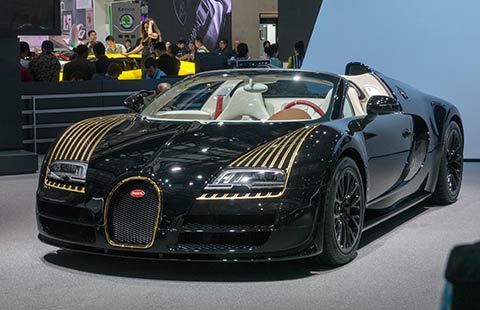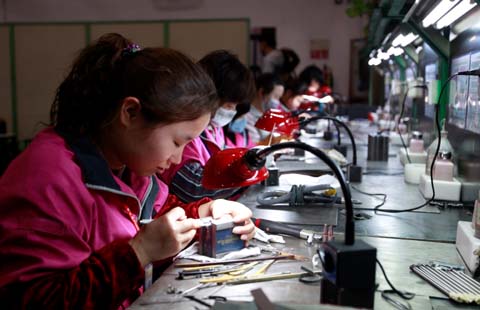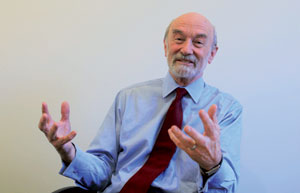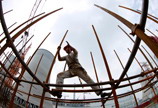From compressor supplier to smart energy multiplier
By Wang Chao and Zhong Nan (China Daily) Updated: 2014-04-21 06:56
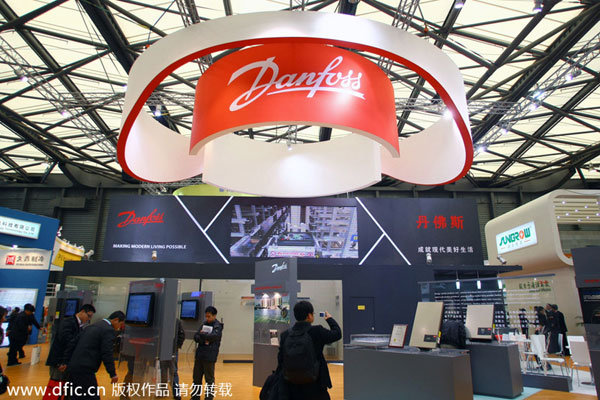 |
|
People visit Danfoss booth at the International Photovoltaic Equipment Expo, Feb 23, 2012, Shanghai.[Photo/dfic.cn] |
The term "building a green economy" may come across as the vacuous creation of a political spin doctor somewhere, but for many companies the sound of cash pouring into their coffers as a result of work in this field has anything but a hollow ring.
One of them is Danfoss of Denmark, which makes, among other things, energy control devices. Danfoss, which celebrated its 80th birthday last year, now operates in 18 countries and has 56 factories. It has four major business lines: green building, cold chains, hot chains and district energy. It had revenue of about 33.6 billion Danish krone ($6.2 billion) worldwide last year and employed 23,000 people.
The company set up shop in China in 1996 and has invested 1 billion yuan ($161 million) in the market. It has two industrial campuses, one in Wuqing, Tianjian, and another in Haiyan, Zhejiang province, and a standalone factory in Anshan, Liaoning province.
 |
|
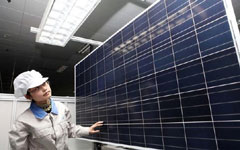 |
As a business-to-business company, Danfoss's brand name is barely seen by the public at large because it is hidden inside the cases of home appliances or in the plant and machinery of huge factories, in the same way that Intel chips are locked inside computers.
To illustrate one of Danfoss' practical applications, Christian Overgaard, president of Danfoss China, talks of home heating. During winter in one building some radiators may be so hot that windows needed to be open to let in cold air while elsewhere in the building it is so cold that people have to buy electrical heaters to keep warm.
"As a result of this uneven heating, 15 to 30 percent of energy is wasted," Overgaard says. "Actually, this can be easily addressed by adding a thermostat valve on the radiator. By adding such a small component that costs only five to six yuan every square meter, energy consumption can be cut by 15 to 30 percent."
Industrial research shows that in China energy consumption in buildings accounts for 30 percent of the total, of which 60 percent is used in heating.
The thermostat valve was invented by the founder of Danfoss, Mads Clausen, in 1943 and gradually became a must-install component in European countries, Overgaard says. Now it can be seen in the Empire State Building in New York, Red Square in Moscow and the Great Hall of the People in Beijing, he says.
Urbanization in China will bring big opportunities to Danfoss, he says.
"The urbanization rate in China last year was 54 percent. Sociologists predict it will reach 70 percent in a few decades. This means more people will live in a certain space, and we need to help them live comfortably and environmentally."
- Envoy points to gateway between civilizations
- A lesson for China from the knights in armor
- Chinese Dream in Western Eyes
- Cities wrong to bank on FTZ status
- Power shift will fuel IMF restructuring
- Reed Exhibitions strengthen operation in China
- World premieres at Beijing auto show
- China streamlines tax break procedures for SMEs

